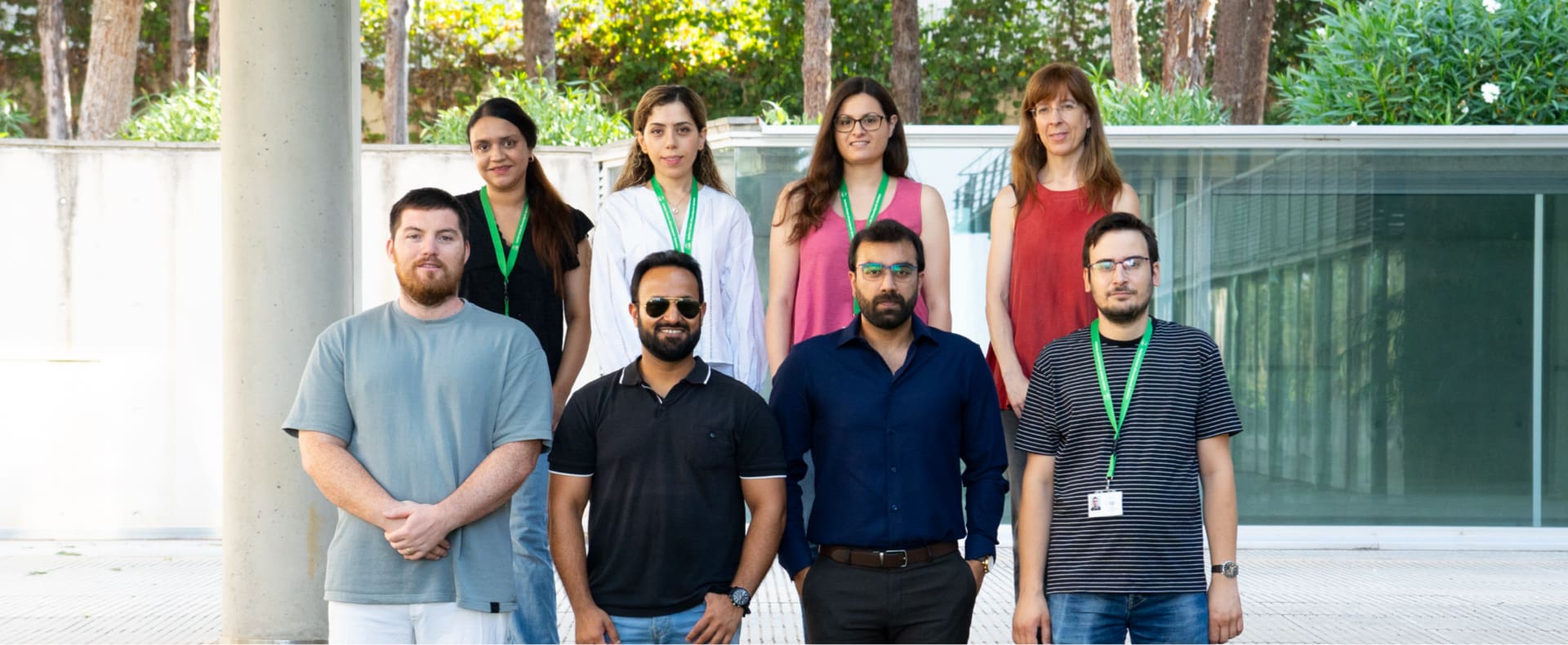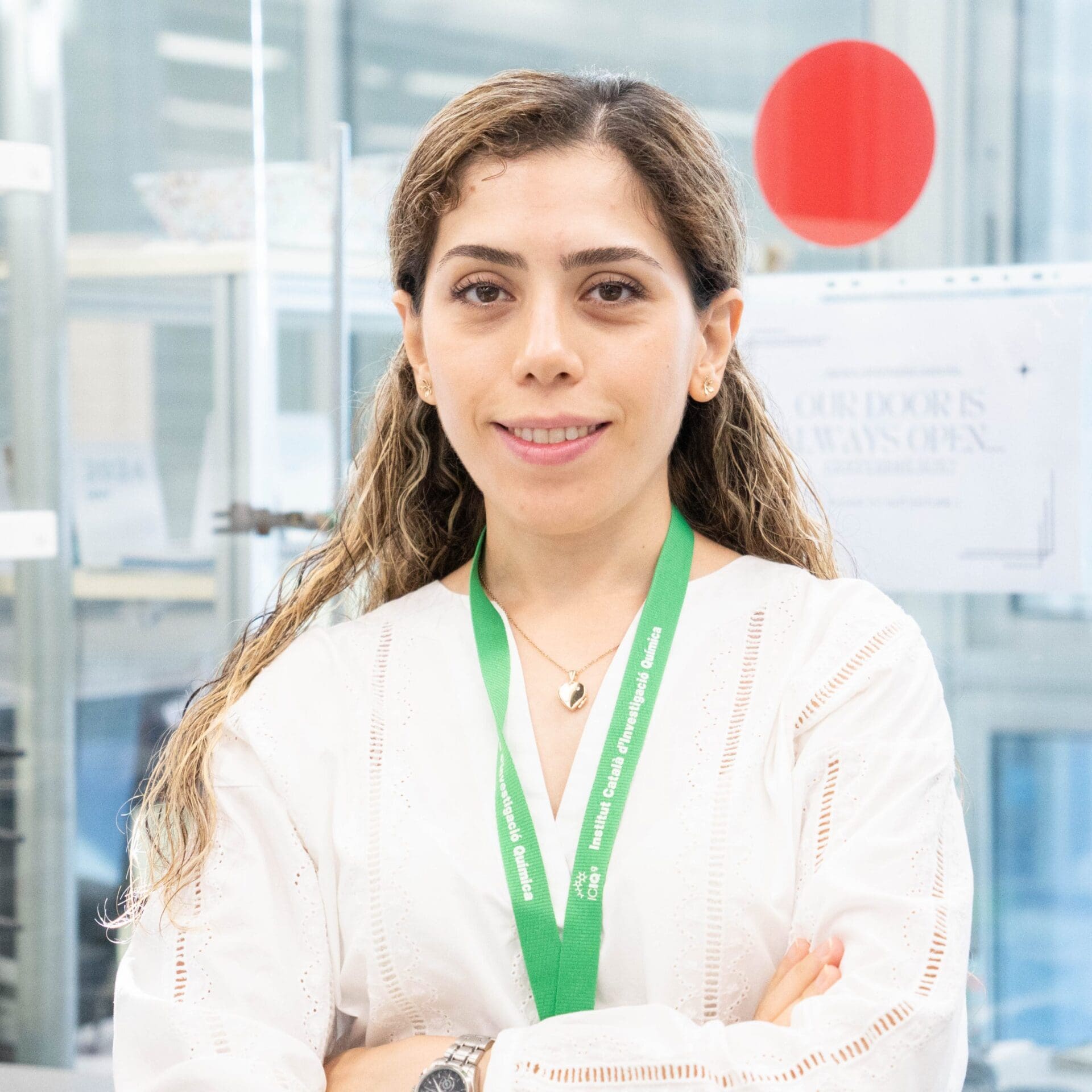- Home
- Resarch
- Research Groups
- Prof. Beatriz Prieto-Simón
Prof. Beatriz Prieto-Simón
Towards new diagnostic solutions
Research
The Bioinspired nanotechnologies laboratory aims to deliver diagnostic solutions by pushing the boundaries of the performance of biosensors, as powerful diagnostic tools, by harnessing advances in materials science and nanotechnology driven by principles found in nature.
Our research group aims to deliver top scientific research driven by our passion to gather new knowledge and understanding the mechanisms involved in biosensing, and also by our firm motivation to address key social challenges.
Highlighted Publications
-
2022 | ACS Appl. Matter. Interfaces
Designing Electrochemical Biosensing Platforms Using Layered Carbon-Stabilized Porous Silicon Nanostructures
Research groups: Prof. Beatriz Prieto-Simón
-
2022 | Anal. Chem.
Dual-Mode and Label-Free Detection of Exosomes from Plasma Using an Electrochemical Quartz Crystal Microbalance with Dissipation Monitoring
Research groups: Prof. Beatriz Prieto-Simón
-
2022 | Adv. Funct. Mater.
Transdermal Electrochemical Monitoring of Glucose via High-Density Silicon Microneedle Array Patch
Research groups: Prof. Beatriz Prieto-Simón
-
2019 | Adv. Funct. Mater.
Porous Silicon Nanostructures as Effective Faradaic Electrochemical Sensing Platforms
Research groups: Prof. Beatriz Prieto-Simón
Our team
Life Group and Community
Life in ICIQ research groups is collaborative and inclusive, blending scientific work with social connection. With team members from diverse backgrounds, each group embraces cultural exchange, often gathering over food, music, and local traditions. Beyond lab work, groups enjoy activities like beach outings, hikes, and holiday celebrations, building a supportive community that values teamwork.
Job offers
| Title | Reference | Deadline | |
|---|---|---|---|
| Postdoctoral Researcher (Ref: Postdoc 2024-34 CB) | Reference: 5348787 |
|
APPLY |
| Postdoctoral Researcher (Ref: Postdoc 2024-32 FM) | Reference: 5348664 |
|
APPLY |
| Data Steward (MGMT2024-17) | Reference: 5371727 |
|
APPLY |
| Direcció Administrativa (MGMT 2024-05) | Reference: 5347726 |
|
APPLY |

Let's create a brighter future
Join our team to work with renowned researchers, tackle groundbreaking
projects and contribute to meaningful scientific advancements
























